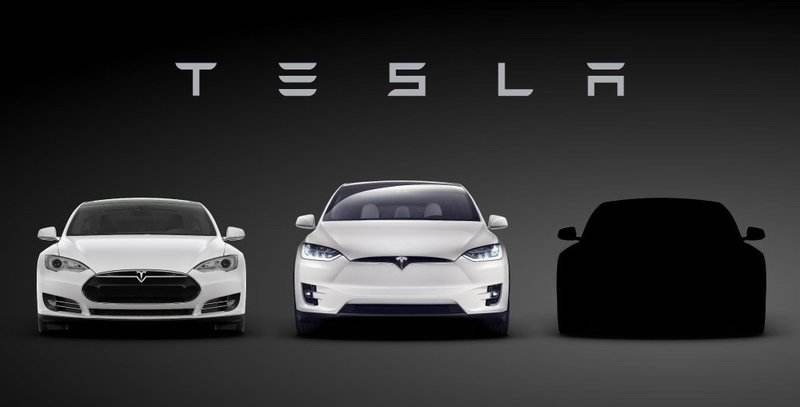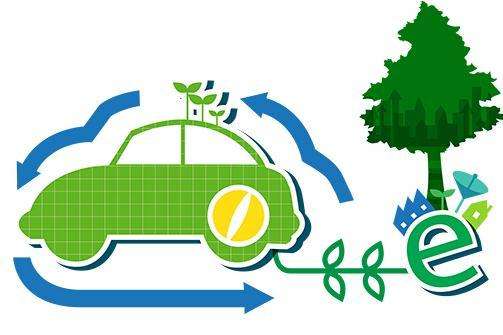New energy vehicle is a new industry advocated by the state, and it is also the general direction of global automobile development in the future. Therefore, speeding up the development of new energy vehicles is conducive to the promotion of the status of China's automobile industry. The development of new energy vehicles is inseparable from water cooling, because the cooling system of new energy power battery pack can cool the temperature of new energy power battery pack. In the case of air cooling and other cooling methods gradually tense, water cooling is a better solution.

Water cooling system mainly includes: water pump, heat exchanger, radiator, expansion tank, etc.
Water cooling technology is a cooling technology based on liquid heat exchange, which is more efficient than air cooling technology. The internal temperature of electric vehicle battery pack is more uniform. It can be integrated with vehicle cooling system. It has high heat exchange coefficient with battery wall, and has fast cooling and heating speed. But the water-cooling system is more complex, heavy, difficult to repair and maintain, and there is the possibility of liquid leakage.
With the continuous exploration, practice and improvement, the heat exchange coefficient and cooling and heating speed of the system have reached a better level, and through the application of new materials, the weight of foreign water cooling system has also been reduced.
At present, water cooling technology is mainly used in Tesla, volt, Peugeot Citroen and BMW I3. The Tesla Model s uses water-cooling technology to cool the battery. Tesla has carried out a very in-depth design on its battery layout, thermal management system and battery management system to ensure that each battery cell is under supervision, and its status data can be fed back and processed at any time. For a small battery cell, Tesla enclosed it in a steel compartment independently. At the same time, the liquid cooling system can specifically cool each cell, reduce the temperature difference between each other, and relatively reduce the risk of battery spontaneous combustion.


